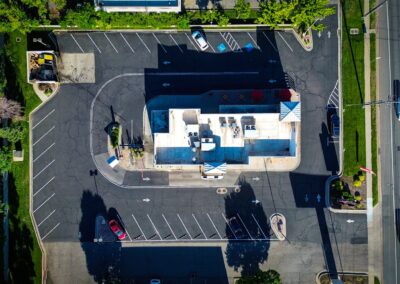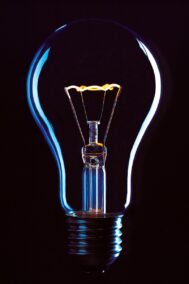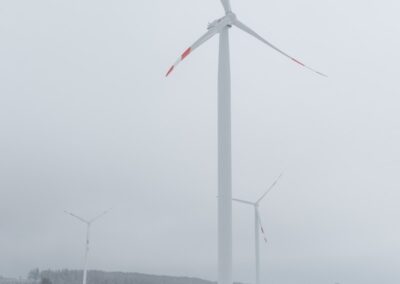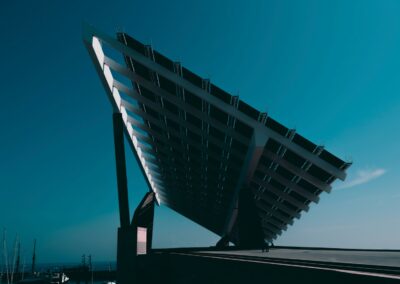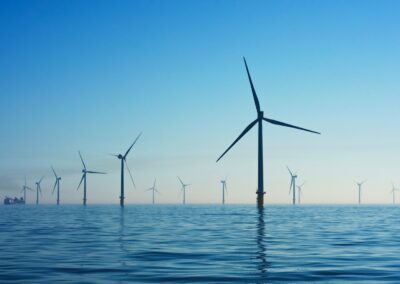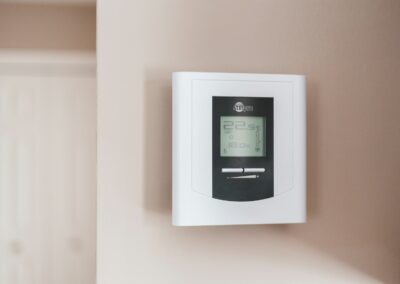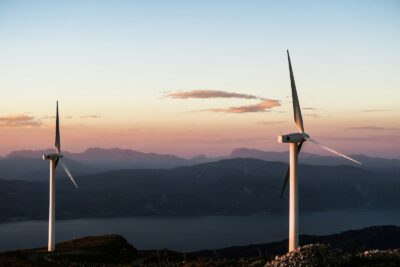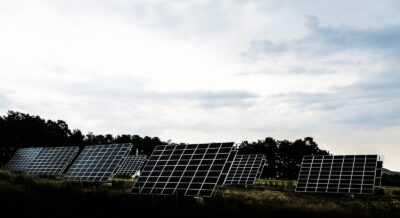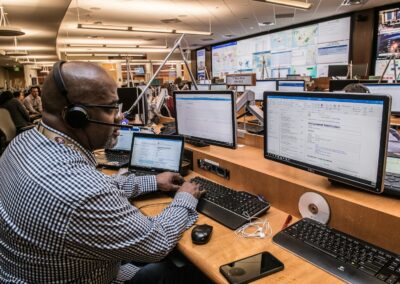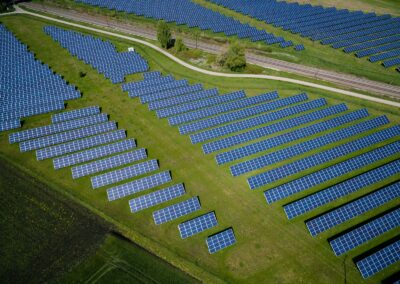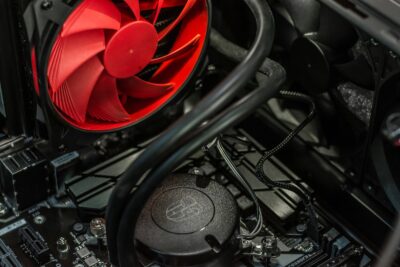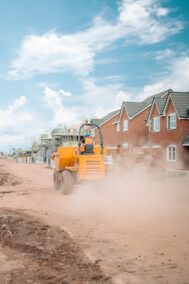The Role of ERVs in Enhancing Energy Efficiency
Introduction to Energy Recovery Ventilators (ERVs)
Energy Recovery Ventilators (ERVs) are innovative components integrated into Heating, Ventilation, and Air Conditioning (HVAC) systems designed to enhance energy efficiency. By capturing and reusing waste heat from exhaust air, ERVs significantly reduce the overall energy consumption of HVAC systems. This technology is particularly relevant for regions like Saudi Arabia and the UAE, where high temperatures and energy demands necessitate efficient cooling solutions.
In Riyadh and Dubai, where sustainability and energy efficiency are increasingly prioritized, the adoption of ERVs can play a crucial role in reducing the energy footprint of buildings. Implementing ERVs helps in minimizing the need for additional heating and cooling, leading to substantial energy savings. This aligns with the broader goals of Vision 2030 in Saudi Arabia and the UAE’s Vision 2021, both of which emphasize sustainable development and environmental conservation.
The integration of ERVs in HVAC systems not only reduces energy consumption but also improves indoor air quality by continuously supplying fresh air. This is particularly beneficial for commercial buildings, hospitals, and schools in Saudi Arabia and the UAE, where maintaining high indoor air quality is essential. By enhancing ventilation and reducing energy costs, ERVs contribute to healthier and more sustainable indoor environments.
Technological Integration and Energy Efficiency
The implementation of ERVs in HVAC systems represents a significant advancement in energy-efficient technology. These systems leverage heat exchange mechanisms to transfer energy between incoming and outgoing air streams, thereby pre-conditioning the incoming air. This process reduces the workload on HVAC systems, leading to lower energy consumption and operational costs.
In the context of Saudi Arabia and the UAE, where high ambient temperatures create substantial cooling demands, ERVs can make a profound impact. The technology is compatible with various HVAC configurations and can be integrated into both new and existing systems. This flexibility makes ERVs an attractive option for buildings in Riyadh and Dubai, where retrofitting older structures with energy-efficient solutions is a growing trend.
Moreover, the use of advanced technologies such as Artificial Intelligence (AI) and IoT (Internet of Things) can further enhance the performance of ERVs. AI-driven algorithms can optimize the operation of ERVs based on real-time data, ensuring maximum energy savings and efficiency. In Dubai’s smart city initiatives and Riyadh’s modernization efforts, integrating such advanced technologies with ERVs can lead to more intelligent and responsive HVAC systems, contributing to the cities’ sustainability goals.
Leadership and Change Management in Implementing ERVs
Successful implementation of ERVs in HVAC systems requires effective leadership and change management. Business executives, facility managers, and engineers must work collaboratively to ensure smooth integration and operation of these systems. Executive coaching services can be instrumental in developing the necessary leadership skills to drive such energy efficiency projects.
In Saudi Arabia and the UAE, where large-scale infrastructure projects are common, strong leadership is essential for managing the complexities of integrating new technologies like ERVs. Leaders must communicate the benefits of ERVs clearly to stakeholders, ensuring buy-in and support for these initiatives. Effective communication and project management skills are crucial for navigating the challenges associated with retrofitting existing buildings and incorporating ERVs into new constructions.
Change management strategies should also focus on training and education. Building operators and maintenance staff need to be well-versed in the operation and maintenance of ERVs to maximize their benefits. Regular training sessions and workshops can help build the necessary expertise and ensure the longevity and efficiency of the systems. In cities like Riyadh and Dubai, where rapid development is a constant, investing in human capital through training and executive coaching can drive the successful adoption of energy-efficient technologies.
In conclusion, the implementation of Energy Recovery Ventilators in HVAC systems offers a powerful solution for reducing energy consumption and enhancing sustainability. For businesses and infrastructure in Saudi Arabia and the UAE, adopting ERVs aligns with national goals for energy efficiency and environmental conservation. By leveraging advanced technologies, effective leadership, and strategic change management, the integration of ERVs can lead to significant energy savings, improved indoor air quality, and a stronger commitment to sustainability.
#EnergyRecoveryVentilators #HVACSystems #EnergyEfficiency #Sustainability #ChangeManagement #ExecutiveCoaching #AI #SmartCities #SaudiArabia #UAE #Riyadh #Dubai #Innovation #ProjectManagement


